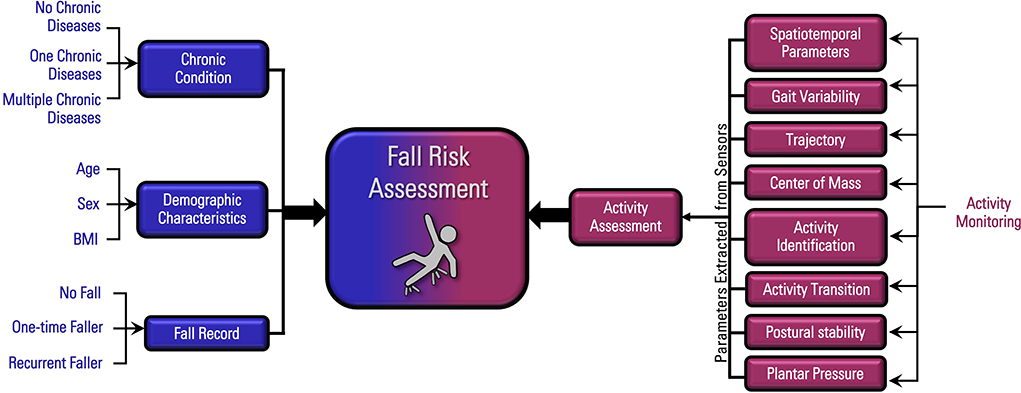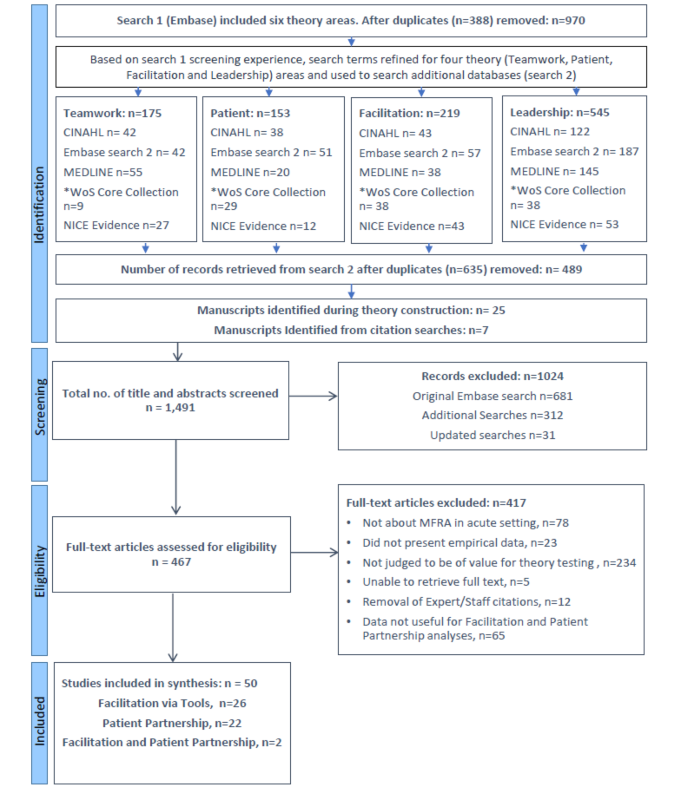The 7-Minute Rule for Dementia Fall Risk
The 7-Minute Rule for Dementia Fall Risk
Blog Article
Examine This Report on Dementia Fall Risk
Table of ContentsDementia Fall Risk Things To Know Before You Get ThisDementia Fall Risk Things To Know Before You BuyDementia Fall Risk for DummiesGet This Report on Dementia Fall RiskDementia Fall Risk Things To Know Before You Get This
The FRAT has 3 areas: fall risk standing, danger factor checklist, and activity plan. An Autumn Threat Status includes information regarding background of recent drops, medicines, psychological and cognitive status of the person - Dementia Fall Risk.If the client scores on a threat variable, the corresponding variety of factors are counted to the patient's loss threat rating in package to the far right. If a person's autumn danger rating totals 5 or higher, the person goes to high risk for falls. If the patient scores just 4 points or lower, they are still at some danger of falling, and the nurse needs to use their finest professional analysis to handle all loss threat factors as component of a holistic treatment plan.
These standard methods, in general, help establish a secure atmosphere that reduces unintended drops and defines core precautionary actions for all people. Indications are crucial for people at risk for falls.
The Ultimate Guide To Dementia Fall Risk
Wristbands should consist of the patient's last and very first name, date of birth, and NHS number in the UK. Just red color needs to be made use of to signify unique patient standing.
Items that are also far might need the patient to connect or ambulate needlessly and can potentially be a threat or add to drops. Assists protect against the person from heading out of bed with no support. Nurses react to fallers' call lights quicker than they do to lights launched by non-fallers.
Aesthetic disability can greatly cause falls. Keeping the beds closer to the floor lowers the danger of falls and significant injury. Placing the cushion on the floor substantially minimizes autumn risk in some medical care settings.
All About Dementia Fall Risk
Individuals who are high and with weak leg muscle mass that attempt to sit on the bed from a standing placement are likely to fall onto the bed because it's too low for them to reduce themselves securely. If a tall person attempts to get up from a low bed without aid, the person is most likely to fall back down onto the bed or miss the bed and fall onto the flooring.
They're created to advertise prompt rescue, not to stop falls from bed. Apart from bed alarms, raised supervision for risky clients additionally may aid protect against from this source falls.

Clients with a shuffling stride rise loss chances dramatically. To reduce fall danger, shoes need to be with a little to no heel, slim soles with slip-resistant step, and sustain the ankle joints. Encourage individual to use nonskid socks to avoid the feet from moving upon standing. Encourage individuals to use proper, well-fitting shoesnot nonskid socks for ambulation.
Get This Report on Dementia Fall Risk
People, specifically older adults, have reduced visual ability. Lighting an unfamiliar environment helps increase exposure if the person should rise during the night. In a research, homes with sufficient lights report less drops (Ramulu et al., 2021). Enhancement in lights in the house may lower loss prices in older adults (Dementia Fall Risk). Making use of gait belts by all healthcare carriers can advertise security when assisting clients with transfers from bed to chair.

Sitters work for ensuring a protected, safeguarded, and risk-free setting. Research studies showed extremely low-certainty proof visit their website that sitters reduce autumn danger in acute care health centers and only moderate-certainty that alternatives like video surveillance can minimize sitter use without increasing loss risk, suggesting that sitters are not as beneficial as at first believed (Greely et al., 2020).
What Does Dementia Fall Risk Mean?

Boosted physical fitness reduces the risk for drops and limits injury that is endured when loss transpires. Land and water-based exercise programs might be similarly advantageous on equilibrium and gait and thus reduce the threat for drops. Water exercise may contribute a favorable benefit on balance and gait for ladies 65 years and older.
Chair Surge Workout is a straightforward sit-to-stand workout that aids strengthen the muscles in the upper legs and buttocks and enhances mobility and freedom. The objective is to do Chair Rise workouts without utilizing hands as the client comes to be more powerful. See resources section for a comprehensive guideline on exactly how to carry out Chair Surge workout.
Report this page